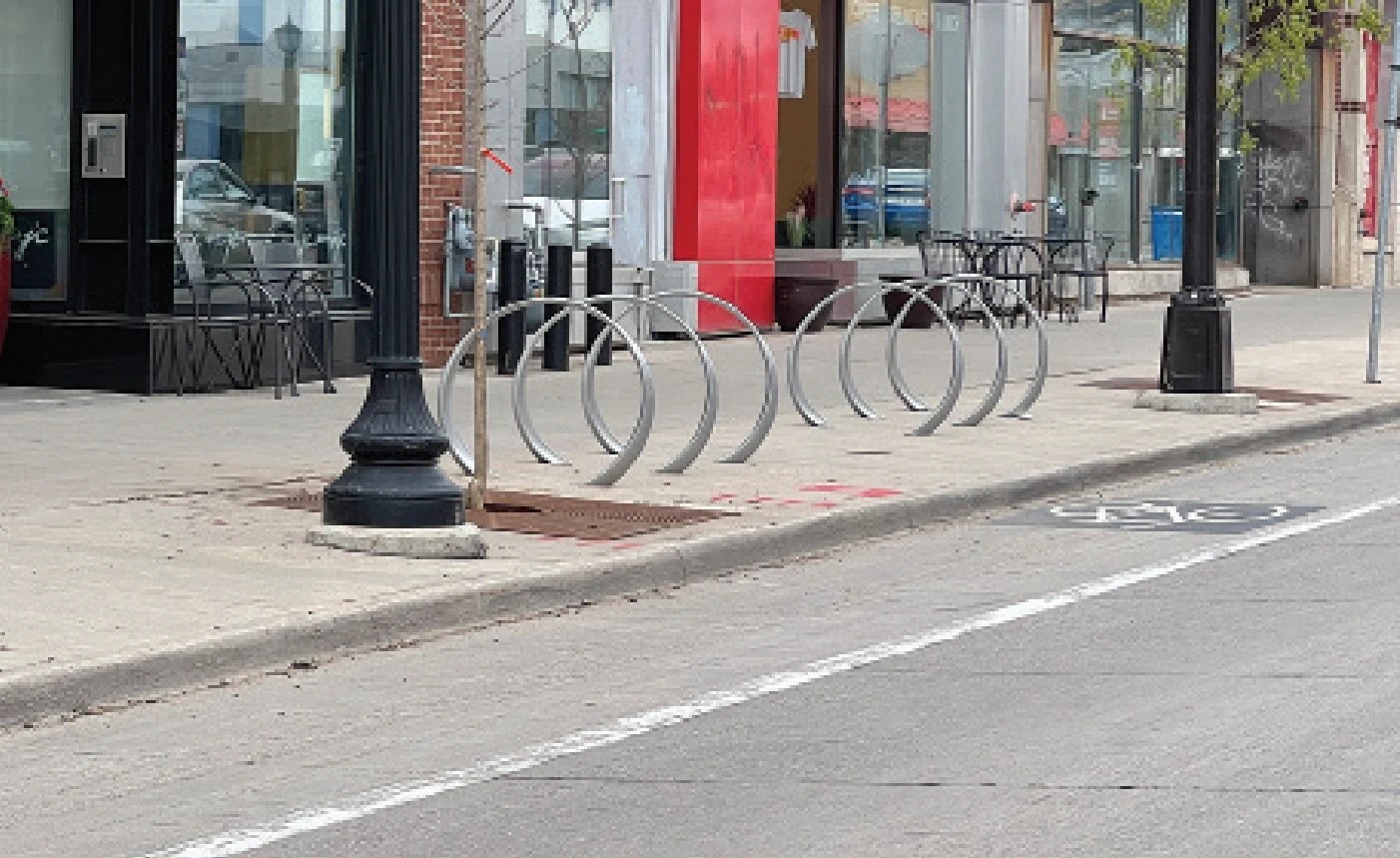A funny thing happened on my way to write about Uptown and the development planned for Seven Points, the former Calhoun Square.
When interviewing the remaining business owners and employees in Uptown, I kept hearing variations of the same themes:
“...Nothing has changed the face of Uptown more than what the city did to Hennepin Avenue...”
“...You can recover from unrest; this is a wound that won’t heal...”
“...There is no safe parking...”
“...The ramp behind Seven Points is expensive, poorly maintained and unsafe...”
“...This city is not business friendly...”
Several pointed to Victoria Crossing in St. Paul, where there is free on-street parking, or 50th and France, where there are multiple free parking ramps, and shoppers stroll the pedestrian-friendly streets in a safe environment.
How can such an abysmal failure still be in the works for the rest of Hennepin Ave. S. going north from Lake St. to Douglas Ave.? A plan that includes center medians, raised bike lanes, limited left turns and 150 ft. bus platforms (a football field is 300 ft.), such as planned at 25th St. in front of Rinata and Osman Cleaners?
So who is “the city” and how did we get to here?
When it comes to reconfiguring streets, such as the bike lanes on 26th Ave. and 28th Ave., or the Bryant Ave. S. makeover which turns out to be too narrow for fire engines, “the city” is a dance between the City of Minneapolis Planning Department, which develops the plan, and the Public Works Department, which implements it. Both are charged with fulfilling a policy known as Complete Streets. Complete Streets helps guide the Transportation Action Plan, and coordinates with the 2040 plan — all available with a quick Google or ChatGPT search.
Complete Streets was authored by bicycle and pedestrian activists and former City Council President Lisa Bender, who has since moved to Minnetonka. It was adopted by the City Council in 2016 and updated in 2021.
The goals of Complete Streets are laudable.
“Minneapolis is committed to rebalancing its transportation network by clearly prioritizing walking, taking transit and biking over driving motorized vehicles, in a manner that provides for acceptable levels of service for all modes.” This includes a “mode shift goal of three of five trips taken by walking, rolling, biking or transit by 2030.” In other words, cutting car traffic by 60%.
But the goals of Complete Streets are also laughable, given our city’s climate and the sprawling structure built to accommodate the automobile.
(Yes, originally to accommodate street cars, and that’s a whole other blot on our city’s past). Not to mention our admittedly unhealthy habit of getting where we want to go quickly and conveniently.
The powerful bike lobby and planners at City Hall are not wrong about the need for us to change our carbon-heavy habits. But they are wrong to model our future transportation needs on the bike culture of Amsterdam, which many openly do when questioned about this plan.
Instead, they should look to Norway, where the climate and perhaps the culture is more similar to ours. In Norway 80% of cars are now electric and the government will no longer allow the sale of combustion engine cars after 2025. The government is also subsidizing the construction of much needed charging stations. Oslo is quieter and greenhouse gas emissions have fallen 30 percent since 2009. Those are goals we can all get behind.
But the Complete Streets policy barely mentions the advent of electric cars or the need for charging stations. It calls for more bus routes, bigger bus platforms and more bike lanes. Considering the devastation in Uptown, the recent 66% drop in transit ridership, and the closing of the bus station at Lagoon due to criminal activity, they should revisit those choices.
Nor does it mention the small businesses affected by the redesign of these streets.
The City Council budgeted over $1 million in engineering and design consultants for transit planning, but not a dime in commercial and retail consultants for the businesses that line Hennepin Ave. S. As they say in Uptown, “This city is not business friendly.”
Why are we destroying our city streets and businesses to put in barely used bike lanes, when we should be building charging stations and phasing out gas engine cars?
Despite the unprecedented upheaval to every aspect of our daily lives in 2020, the city proceeded with its “public process.”
The planning and public engagement for this project happened at the height of the pandemic and social unrest following the murder of George Floyd. Meetings were held via Zoom calls and largely flew beneath the radar.
When businesses along Hennepin were boarded up and fighting for their existence, city planners proceeded with a design based largely on feedback from the internet without authentic outreach to those affected most.
Area business associations and neighborhoods opposed the plan but it moved forward even without their support and buy in — even though our Council Member Lisa Goodman voted against it. The great irony is that they will have to live through the construction and pay for it via tax assessments.
Please, city officials, stop with the pipe dream.
Rethink the Hennepin Ave. S. redesign before it’s too late. It's a disaster in the making.
Next month — an upbeat look at Uptown and the changes coming to Seven Points. Maybe.






